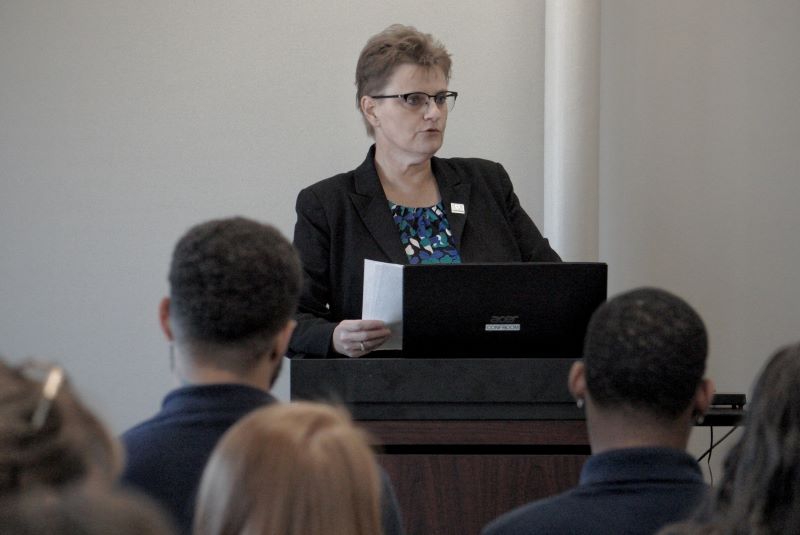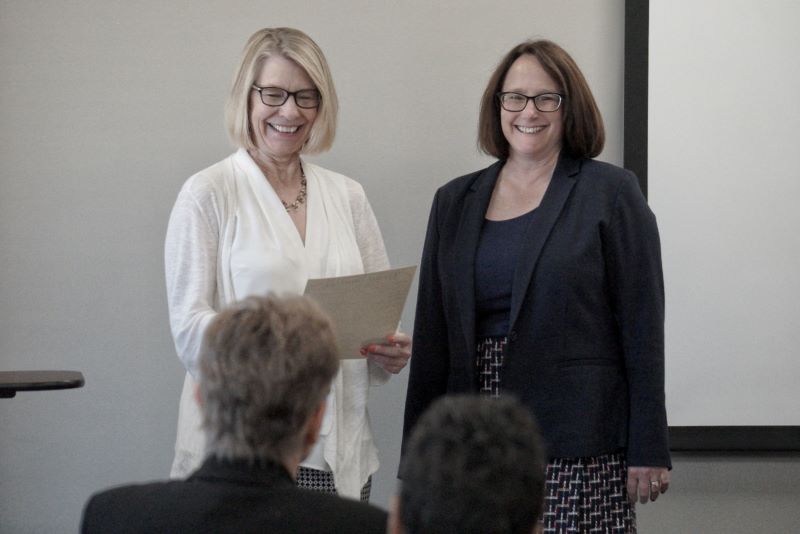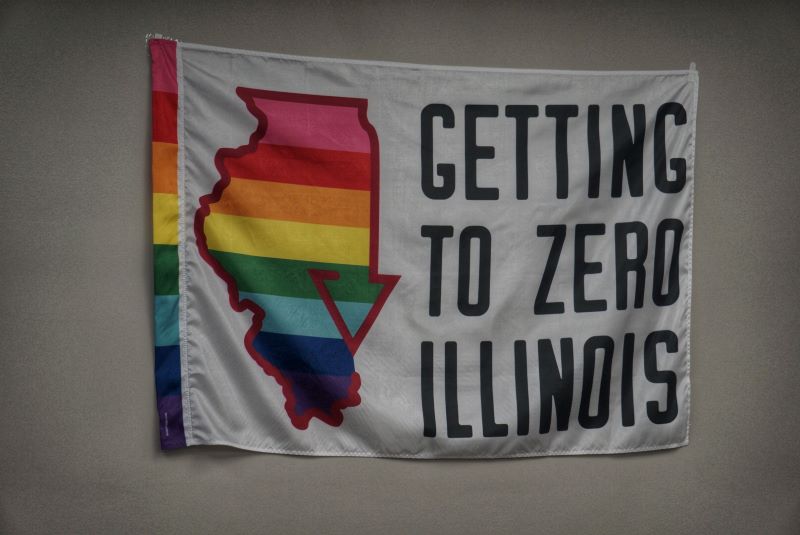Back in May, Governor JB Pritzker, the Illinois Department of Public Health, the Chicago Department of Public Health, and the AIDS Foundation of Chicago introduced the Getting to Zero Illinois (GTZ-IL) plan, aimed at ending HIV in Illinois by 2030. According to the ILDPH, “the plan includes goals and strategies that will reduce new HIV transmissions, support the health of people living with HIV and AIDS, and help Illinois get to ‘functional zero,’ a point where the HIV epidemic can no longer sustain itself.”
The Champaign-Urbana Public Health District will be one of the institutions leading the way, as they have since the AIDS crisis reached epidemic levels nationally, and here in C-U, in the 1980s. Due to the advocacy of social worker Joan Lathrup, in 1985, CUPHD became the 4th health department to offer HIV testing. She forged a collaboration with the Gay Community AIDS Project (now the Greater Community AIDS Project) to provide outreach to the community during a time where fear and suspicion ran high.
Now, with more advanced drug cocktails, better funding, more successful outcomes, and the introduction of preventive drugs, the possibilty of ending HIV is real.

As CUPHD administrator Julie Pryde said yesterday, at a reception celebrating the launch of Getting to Zero, she hopes that one day it will be “nothing more than a curious footnote in infectious disease textbooks.”

Mayors Diane Marlin and Deb Feinen read a proclamation endorsing the campaign.
You can find out more about the Getting to Zero campaign here.
Photos by Kwamé Thomas








